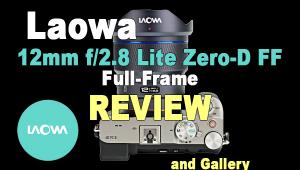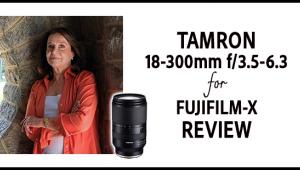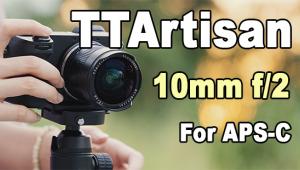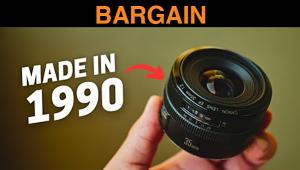Sigma 85mm f/1.4 EX DG HSM: A Fast, Full-Frame Prime
The Sigma 85mm f/1.4 EX DG HSM lens (average price: $969 on various Internet sites) is designed for full-frame cameras; with an APS-C multiply by your usual factor. At about 25 oz, I’d describe the lens as substantial, but not hefty. One of the reasons for the weight is the build—11 elements in eight groups, including the use of SLD glass, Sigma speak for Special Low Dispersion. The big chunk of glass on the end requires a 77mm filter. As to handling, Sigma has gone from their black “crinkle” finish to a smooth black rubberized finish that feels great to the touch. It’s plastic, not metal, but based on my experience with previous Sigma lenses, I’ve found them to be built to professional standards and can take a lot of abuse.

The lens comes with not only the petal-type lens hood, but also an extender for the hood to be used with the smaller sensor cameras—very ingenious. A padded case is also supplied that offers great protection. Everything, from the lens itself to the hoods and case, exudes a quality feel.

All Photos © Steve Bedell
The lens has a minimum aperture of f/16. There are nine blades in the diaphragm, which yields a nice “bokeh” for out-of-focus highlights. The lens also has a Super Multi-Layer Coating to help reduce lens flare and ghosting. A small switch on the side of the lens allows you to choose between auto and manual focus and there is also a distance scale in feet and meters. The lens is available in Sigma, Nikon, Canon, Pentax, and Sony mounts.
If you have never worked with a fast prime you’re in for a treat. Fast (meaning relatively wide maximum and constant apertures) really helps you see better in low-light situations, and of course allows you to shoot handheld in more places. The HSM (Hyper Sonic Motor) resulted in very fast focusing with very little “hunting” to find the right spot. In addition to being fast, I found focusing to be very accurate, as it better be when shooting at the maximum aperture. I do wish the lens focused closer than 33”, but I guess you can’t have it all. So, even though the focal length is just about perfect for close-up or macro photography, don’t plan on it. In my thinking this was built with the portrait and wedding pro in mind, and that’s what I do.

When you have a lens like this in hand you want to explore its max aperture capabilities, so many of my test shots were done from f/1.4 to f/2.8. I used this lens for two months on assignments, with models, and on a trip to North Carolina. It shot fast, focused accurately, and produced great results in dim light.
With many cameras now being able to crank the ISO speeds up into the stratosphere, many folks think lens speed is not as critical as it once was. But boosting ISO does have its price and creating wonderful portraits with very shallow depth of field right out the camera definitely has its charms. (Since I pretty much do portraits exclusively, I joke that I don’t even know if my lenses work at f/5.6 and narrower!) This lens is a sweetheart, and if you’re looking for a well-made, fast lens in this focal length, it deserves your consideration.
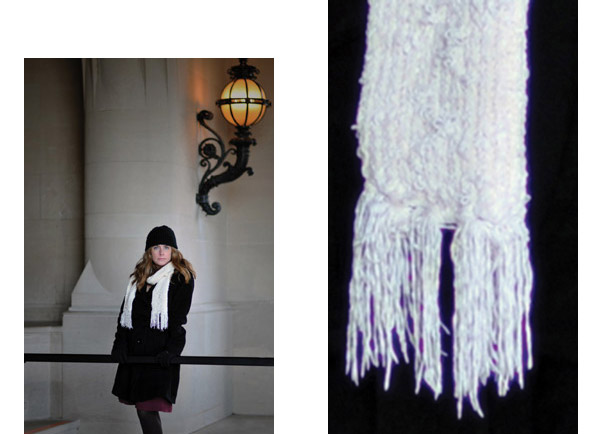

For more information, visit Sigma’s website at: www.sigmaphoto.com.
Steve Bedell has been a portrait photographer for over 25 years. To subscribe to EPhoto, a free e-mail newsletter with tips for photographers, contact Bedell via e-mail at: sb@stevebedell.com. Also ask about his lighting DVDs.
